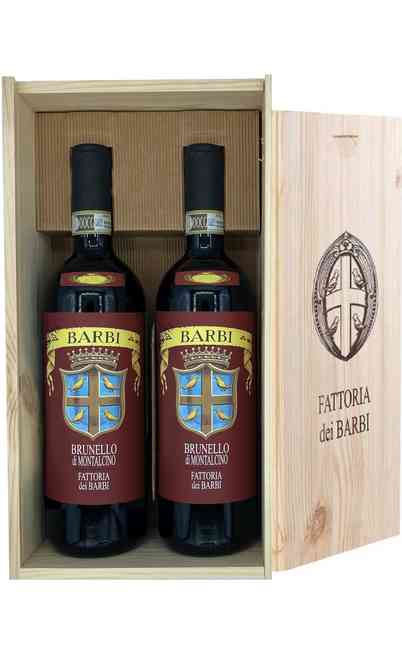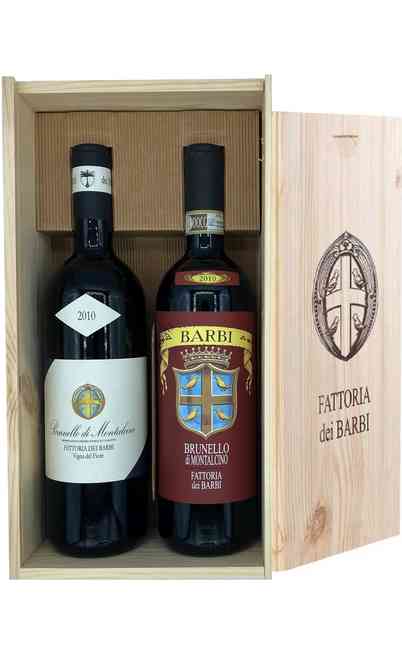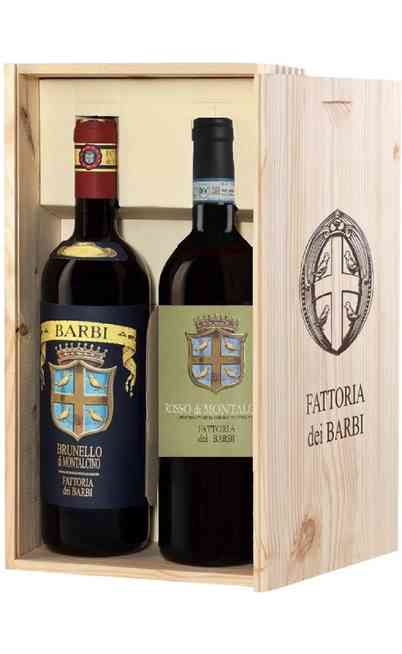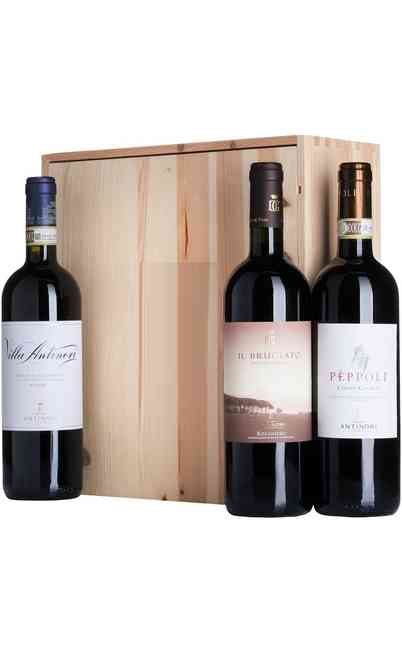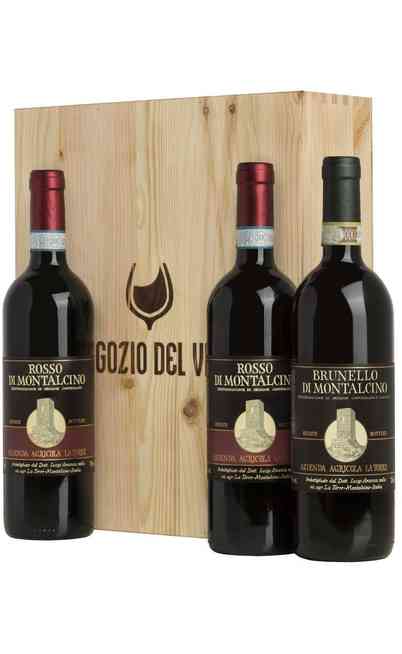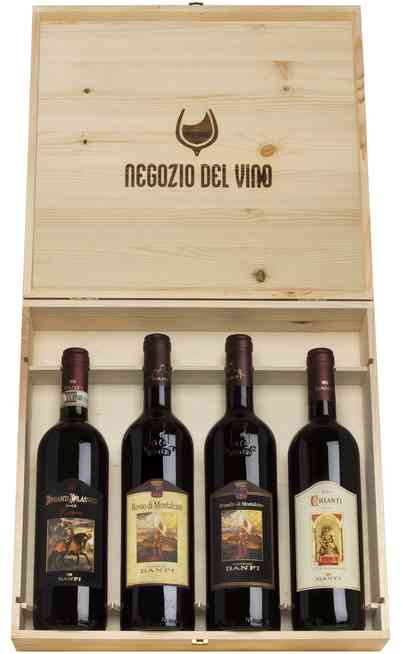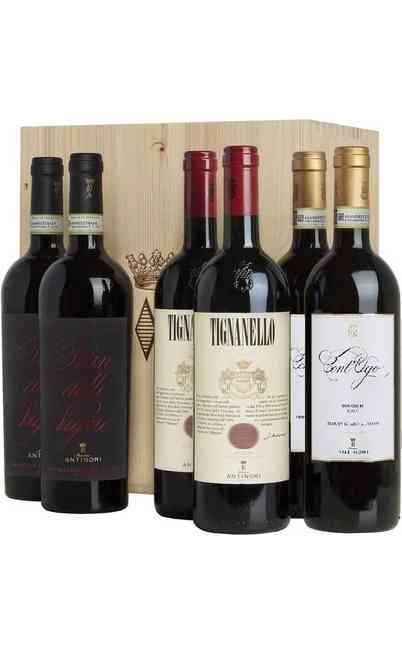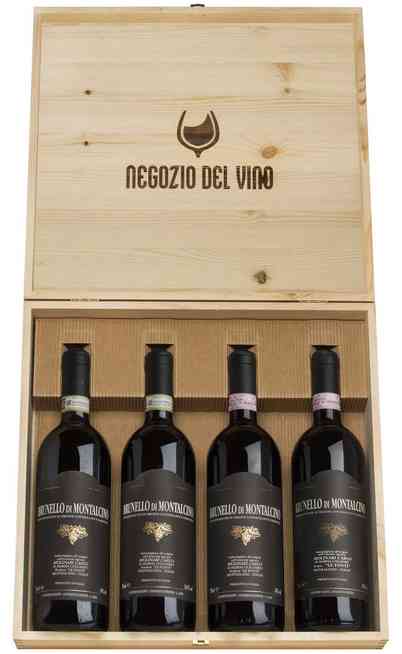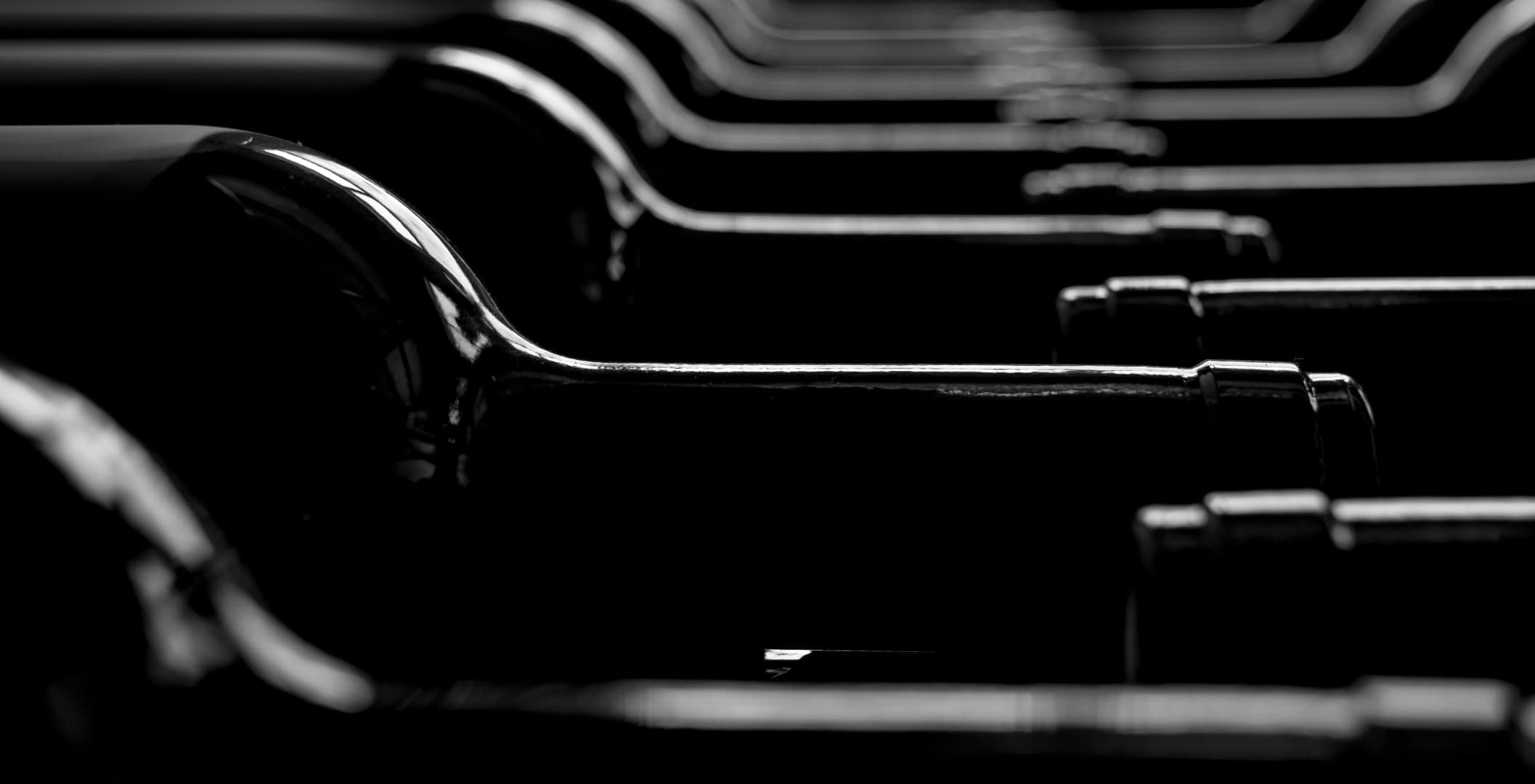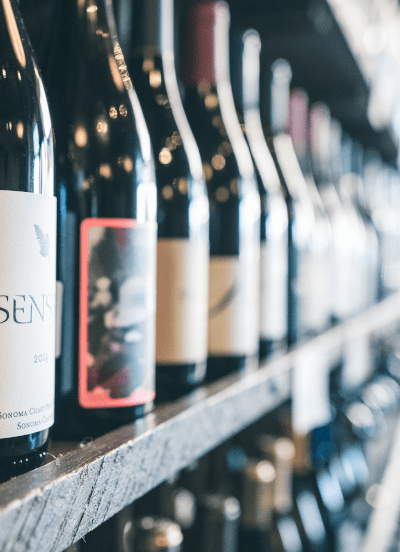
General description of the territory of the Brunello di Montalcino Docg wine.
The well-known and celebrate red wine Brunello di Montalcino obteined its DOCG certification (certificazione di origine controllata e garantita) already in 1980 and before in 1966 this special wine had its DOC certification.
The Brunello di Montalcino is produced in Tuscany in the core of the Montalcino town in the Siena territory.
Together with the Barolo, this wine is one of the most long-life wines, both for the long story of which it is a witness than because it has an intrinsic capacity of aging.
The production territory of the Brunello di Montalcino DOCG corresponds on the administrative boundaries of Montalcino town. Geographically is located at the south east of the Tuscany at about 45 km in the south of Siena. The dimensions of the territory in which it is produced are 243,62 km2.
The geological boundaries are characterized by some pre-historical valleys formed by the stream and the erosion of three important rivers: the Orcia river which is on the left side, the Ombrone, the biggest and main important and the Asso which streams on the right side of the Ombrone.
This portion of land has a shape of around 15 km2 for each side. It develops from 120 m above the sea level and it can reach the 650 m at the feet of Poggio Civitella which is the highest point of the territory located at 658 meters above the sea level. The hill where Montalcino born and where there are the Sangiovese cultivations (producing vine of the Brunello di Montalcino DOCG) has several pedological habitats because its creation passed through different geological eras amenable to the sandstones, also mixed with calcareous, “alberese” and “galestro” and with different mixed granulometry sometimes sandy, sometimes more clay.
The Montalcino hill is 40 km far from the sea, as the crow flies, at West and 100 km far from the Appennine mountains which across all the central Italy at east. There is a Mediterranean climate mostly dry, but is has some continental climate too due to its central position between the sea and the mountains.
This is shown by the quantity of rain and by the temperature detected. The rainfalls are concentrated in spring and autumn seasons, as it is usual in the Mediterranean climates, and the average of the year is about 700 mm. In winter season, above the 400 m there could be some snow. The hill medium strip has any fog, frost or late hoar-frosts, while the constant wind gives to the vines the best conditions for their health state.
During all the vegetative phase the temperatures are mostly mites with an elevate number of sunny days which is the ideal condition to assure a graduate and complete grapes maturation.
The grapes and the related wines produced with the same grapes of the Brunello di Montalcino.
The Brunello di Montalcino is produced with 100% Sangiovese grapes, in a single-variety winemaking. The name Brunello comes from the local name of the Sangiovese grapes. Formerly it was thought that this vines belonged to a specific different quality from the Sangiovese but an Ampelography commission charged by the Siena province, after some years of chemical and historical researches determined that the Sangiovese and the Brunello were the same grape variety.
In Montalcino the name Brunello was used to name the single-variety wine made with the Sangiovese grapes because of the local population high recognition degree and history attachment to its history.
It has to be underlined that the Sangiovese is one of the most used grape in Italy for the wine production of more than hundred wines, in which we can find some very prestigious ones. The Carmignano, the Rosso Piceno Superiore, the well-known Chianti and the Chianti Classico, the Vino Nobile di Montepulciano, the Montefalco rosso, the wonderful and well-known Sangiovese di Romagna, the Morellino di Scansano and many other wines less known, but also of a very good quality.
Characteristics of the Brunello di Montalcino vine.
The leafs of the sangiovese vine are medium large with a trilobate shape and rarely five-lobed with a very clear green color.
The bunch is medium large too, very compact, with a cylindrical shape almost pyramidal when the wing is pronounced.
The grape has an oval regular shape not very big. The peel has an intense black color, it is rich of bloom and not very thick. In its complex the sangiovese vine is vigorous with a medium germination.
The favorable territory is characterized by light slopes with a not very high fertility and mostly clay and calcareous. When it has a single-variety winemaking gives an intense dark red color wine, very shady, tannin, rich, quite structured but harmonic.
It leaves a bitter and fruity aftertaste. The aging process gives it some particularities which will be described in the wine analysis. For the Sangiovese denominations, both in a single-variety than blended, you would better go through this link because of the several denominations divided by regions and certifications obtained.
Analysis of the Tuscany wine Brunello di Montalcino.
Aesthetically
It has an intense ruby red color almost garnet-red but lively, deep and turbid not crossable from the light. On our online wine shop Uritalianwines you can find the different typologies also with favorable prices.
The scent of the Brunello di Montalcino Docg.
It has a very characteristic scent, very intense, persistent, rich and easily spreading which permits to smell ethereal flavors. There are some underwood, wood and spicy marked aromas and you can find some red fruit, vanilla and jam flavors. This scent comes from the territory in which the vine is cultivated.
The taste of the Brunello di Montalcino Docg.
The taste is dry, warm, with some tannins, harmonic, structured and permanent. There is a good balance between the acidity and the persistence which makes it elegant and harmonic.
The aging of the Brunello di Montalcino Docg.
Some important features concern the aging and its consequence denomination. In fact 5 years of aging are the basis where 2 years of refinement takes place in oak barrels and four months are in bottles and this gives to the wine the denomination of Brunello di Montalcino DOCG.
For the “Reserva” qualification it needs to add one more year of aging which is obligatory for the technical policies of production where 2 years of refinement in oak barrels and 6 months in bottles.
The best years in the last 30 years are: 1985, 1988, 1989, 1990, 1997, 1998, 1999. 2001, 2004, 2006 and 2008.
Service temperature and wine glasses suggested
The Brunello di Montalcino has to be served in wide crystal glasses to better discover the harmonic bouquet. It has to be served at around 18°C or at maximum 20°C. For the bottles less aged it is suggested a long settling in a decanter (max 2 hours) to more oxygenate that and to taste it in its total purity.
Matches suggested with this great red Italian wine.
The elegance and the harmony of this wine allows some matches with structured meals such as red meats, game, eventually joint by mushrooms and truffle.
Find out some interesting matches with international foods based on meats and sauces. The Brunello is also perfect with cheese such as: aged toma, Tuscany pecorino and other structured cheeses. In addition, for its characteristics, if correctly aged it wonderful also as meditation wine.


